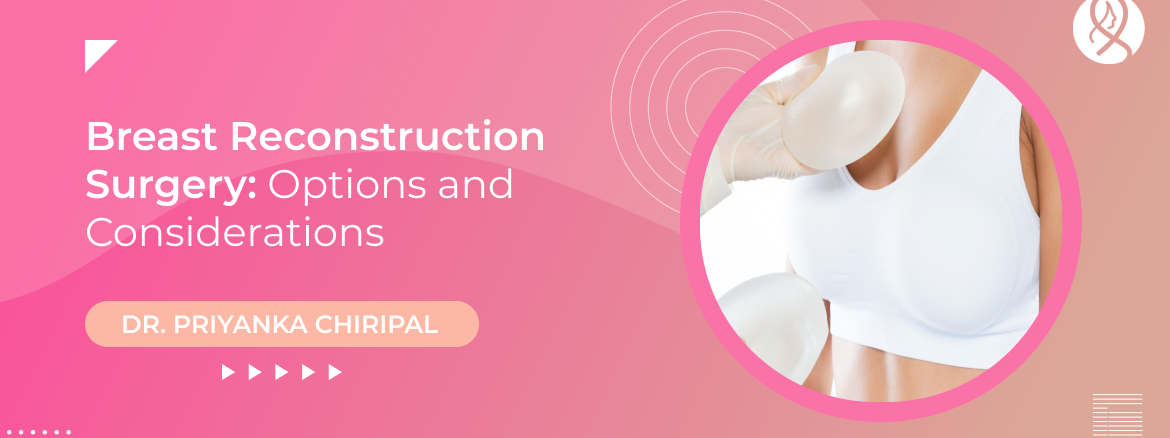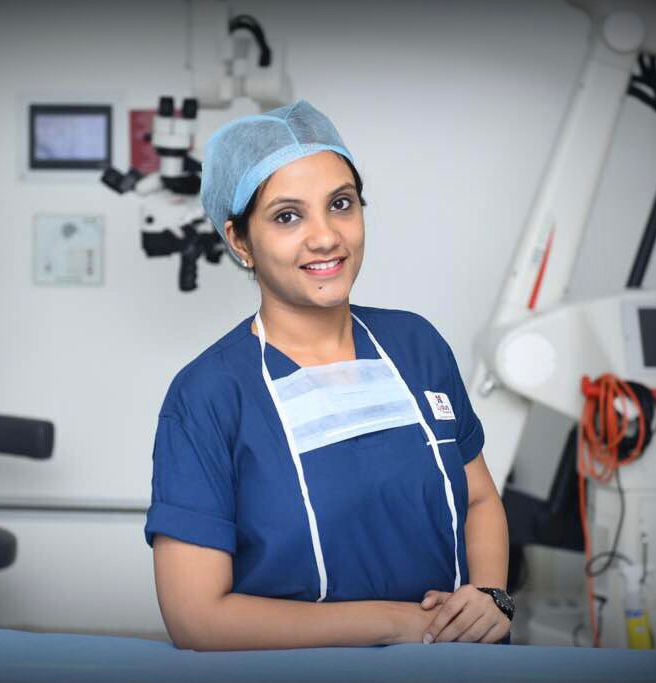Whenever a person goes for breast cancer treatment, they need to undergo partial or total removal of one or both breasts. This treatment is known as a mastectomy. Breast reconstruction can be performed after a mastectomy to alleviate the psychological effects of breast cancer treatment.
The reconstruction process is very helpful for a person, especially for getting their self-confidence back and feeling good during their cancer recovery.
In this blog, we will tell you what options are available and what considerations are needed.
Options
This section goes into further information about implants and skin flap surgery.
Implants
When reconstructing a breast with implants, a surgeon inserts silicone or saline implants beneath the skin or muscle to replace the existing breast tissue.
For most people, this is a two-step process. In the first stage, a surgeon inserts a tissue expander behind the remaining breast skin or pectoralis muscles. The expander functions as a temporary saline implant, progressively stretching the remaining tissue.
Once the person is fully healed after the surgery, a surgeon will insert sterile saline or salt water through the skin into the tissue expander once a week. This balloon gradually expands, straining the surrounding skin and muscle until the breast achieves a size that is comfortable for the individual.
When the chest tissues have healed and the surgeon has added enough saline to the tissue expander to prepare for the implants, a second surgery will be performed to install the implants.
The tissue expanders are removed by the surgeon, who then inserts a silicone or saline implant in their place. Usually, they will reopen the initial scar. This typically indicates that there are no new scars on the chest from the surgery.
Without using a tissue expander, a surgeon may in certain circumstances implant a permanent silicone or saline device at the time of the mastectomy.
Skin Flap Surgery
When it comes to skin flap surgery, the surgeon moves tissue to the chest from another part of the body to rebuild the breast.
This tissue is typically taken out of the abdomen by the surgeon. It could, however, originate from other bodily parts, such as the thigh, back, or buttock.
This surgery is very complicated because it involves moving tissue from one part of the body to another. There are 2 methods for this surgery:
- Free flap surgery and
- Pedicle flap surgery.
When doing free flap surgery, the physician removes all of the tissue and the blood arteries that supply it so that it can be inserted into the breast.
At the planned placement site, they sew the blood vessels into existing blood vessels in the chest. Because these blood vessels are so tiny, the surgeon will perform a technique known as microsurgery—using a microscope to stitch them together.
In pedicle flap surgery, the surgeon will not totally remove the transplanted tissue from its blood vessels. In order to create the breast, the surgeon typically twists the tissue that is still linked to the body into the chest.
A surgeon usually uses tissue from the belly or back during pedicle flap surgery.
Considerations
There are a number of factors that have to be considered when choosing the method of breast reconstruction. First and foremost, the type of cancer treatment affects the time and the possible types of surgery in some way. Some patients may be in dire need of reconstruction while there are those who may be willing to wait for a long time.
Some other factors, including diet, diabetes, or smoking habits may also have an impact on the healing process. It is also important to look at the time taken to recover, which depends on the general methods that are followed; implants or flap surgery. In the same regard, patients should establish appearance expectations and concerns as well as outcome risks with the surgeon in order to determine patient satisfaction in the long run.
Conclusion
Breast reconstruction provides a way of moving on emotionally and physically after breast cancer surgery. Therefore, there are options such as implants and skin flap surgery that best fit the patient’s desire and his/her medical history so that he/she can feel normal most of the time during the recovery process.



